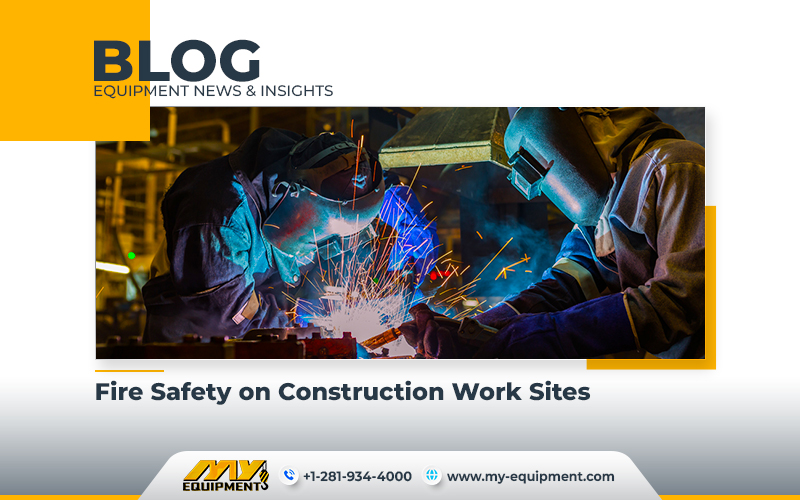Fires in buildings that are under construction is a growing concern in the industry. Despite comprising only a small fraction of overall structure fires, incidents involving fires in buildings under construction have exhibited an upward trend since the year 2014. The implications of these fires extend beyond immediate dangers, causing a lot of serious financial losses for owners and contractors. The National Fire Protection Association (NFPA) reveals that between 2016 and 2020, local fire departments responded to approximately 4,300 fires in ongoing construction projects annually, resulting in $376 million in direct property damage.
Alarming Statistics and Causes
The NFPA’s “Fires in Structures under Construction” report highlights some disturbing statistics. There has been an average of five civilian fatalities, 62 civilian injuries, and $376 million in property damage annually due to these fires. The primary culprits are found to be things like “heat sources too close to combustible materials” and the presence of “abandoned or discarded materials or products.”
Mitigating Fire Risks
Given the alarming increase in fires, it is a must to mitigate risks effectively. Triple digit temperatures in various regions also escalate fire hazards. Ensuring that construction sites have minimal flammable objects and proper overnight storage can prevent many of these costly accidents. Notably, most fires erupt between 6 a.m. and midnight, underscoring the importance of maintaining distance between heat sources and combustibles.
No Smoking Zone
While flammable materials remain a prime trigger for construction site fires, smoking poses another grave hazard. The act of smoking involves an open flame, which, when combined with combustibles, can lead to catastrophic outcomes. A strict no-smoking policy, reinforced with prominent safety signs, is advisable. Smoking breaks should be taken off site, with clear consequences for violations.
Taking Better Preventive Measures
Fire safety during construction demands some proactive steps. Often, safety devices present in finished structures are absent during construction. Regular inspections of fire safety equipment, including sprinkler systems and smoke detectors, are needed. Equally important is educating workers about safety gear and protocols before they commence their work. Familiarity with fire extinguisher locations and exit routes is what makes swift emergency response possible.
Putting Workers Safety First
While safeguarding against structural damage is important, the workers safety takes precedence. Employees must be educated about handling emergency situations in advance. This proactive approach ensures that every worker returns home safely. After all, they need to know more than just how to operate heavy equipment safely.
Preparing for Extreme Weather
Amidst an increase in extreme weather events, the need to fortify building sites against fire risks has become even more important. Investing in maintenance and comprehensive training proves invaluable in averting expensive damage and saving lives.
It can be said that the escalating threat of fires on construction sites now necessitates a multi faceted strategy. If you take these steps, you will be better able to deal with the threat that these fires pose.


 1400 Broadfield Blvd, Houston, TX 77084,
USA.
1400 Broadfield Blvd, Houston, TX 77084,
USA. omer@my-equipment.com
omer@my-equipment.com